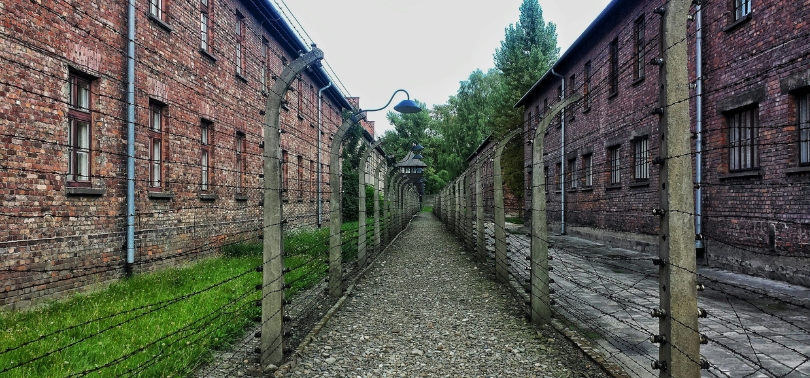There’s something strangely magnetic about places with a past steeped in sorrow. Whether it’s the eerie silence of Chernobyl or the stark reality of Auschwitz, travelers today are seeking more than just scenic getaways—they’re chasing stories. But with this rising trend of visiting sites tied to death and suffering comes a serious question: are we honoring the past, or exploiting it? Let’s take a walk through the shadows and unpack the ethics of dark tourism.
1. What is Dark Tourism, Really?
Dark tourism refers to the act of traveling to locations historically associated with tragedy, violence, or disaster. Unlike traditional sightseeing, this type of travel is often fueled by a deep curiosity about history, mortality, or even survival. It can be emotionally powerful—but also morally complicated, depending on the intentions behind the visit and the behavior of tourists.
2. The Sites That Define the Genre
From the haunting remnants of Chernobyl’s exclusion zone to the solemn corridors of Auschwitz, dark tourism sites vary globally. Some are former prisons, genocide memorials, or towns struck by natural disasters. These spaces stand as both reminders of human resilience and stark evidence of suffering—and it’s this duality that gives them such emotional gravity.
3. Why Are We Drawn to the Macabre?
Psychologists suggest that dark tourism appeals to our desire to understand the “unimaginable.” It’s about confronting death, processing trauma from a distance, or feeling connected to human stories that challenge our everyday experiences. For some, it’s educational. For others, it’s voyeuristic. This fine line is what makes the ethics so tricky.
4. The Fine Line Between Remembrance and Exploitation
Ethical concerns arise when tourist behavior trivializes the significance of these locations—think selfies at genocide sites or commercializing tragedy through merchandise. There’s a big difference between respectful remembrance and turning trauma into entertainment. Being mindful of local narratives and the purpose behind a site’s preservation is key.
5. Responsible Dark Tourism: Is It Possible?
Yes—if approached with sensitivity and self-awareness. Travelers can engage responsibly by educating themselves beforehand, supporting local communities, listening to survivor accounts, and avoiding sensationalism. The goal should be to witness, reflect, and respect—not consume tragedy as a novelty.
Closing Thoughts
Dark tourism isn’t inherently wrong—it can foster empathy, awareness, and understanding. But like many things in life, it’s not just about where you go, but how you go. The next time you’re drawn to a place marked by loss, pause and ask yourself: Am I honoring history, or just feeding curiosity?

